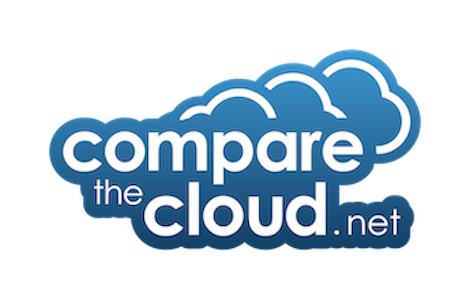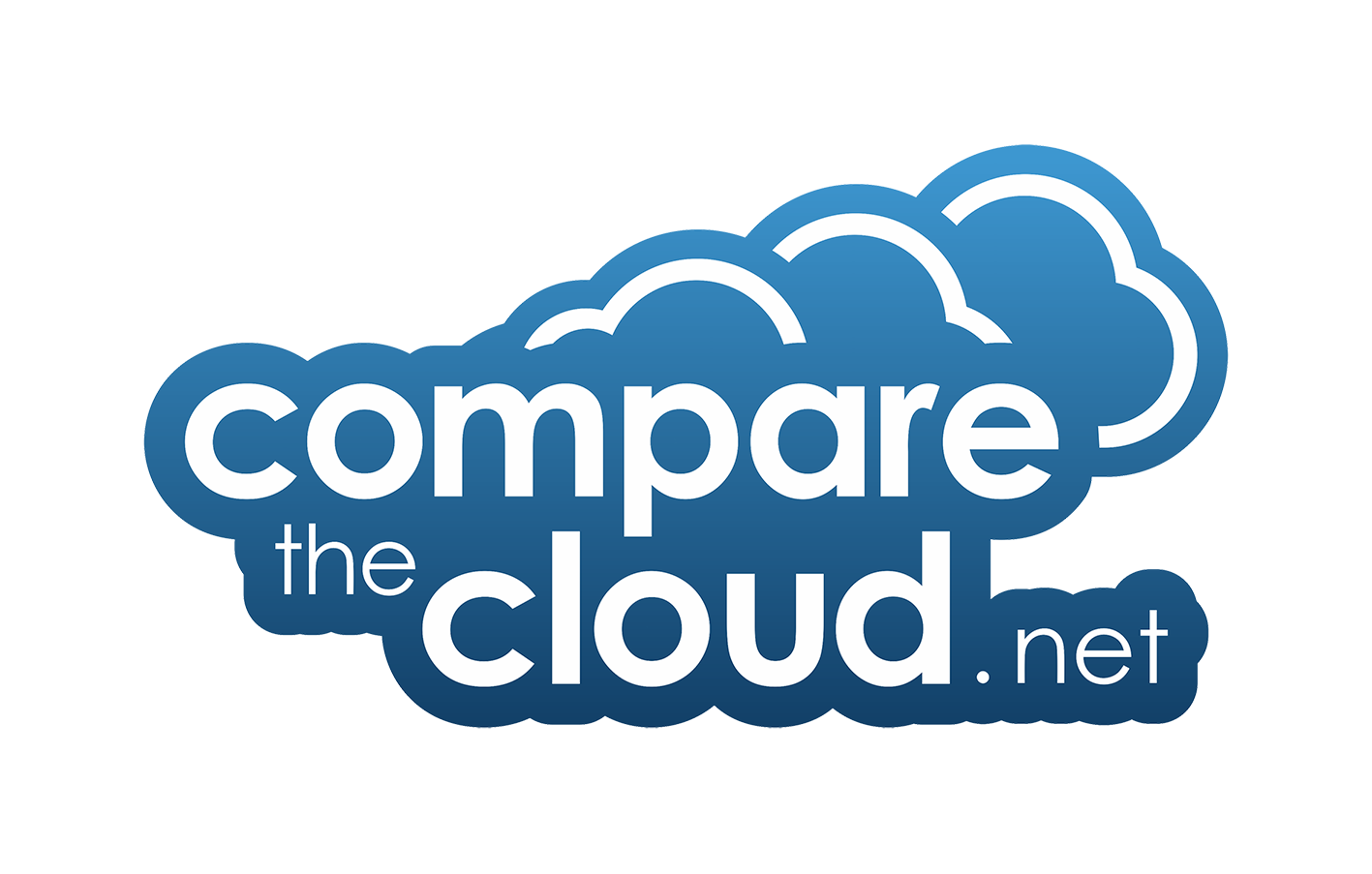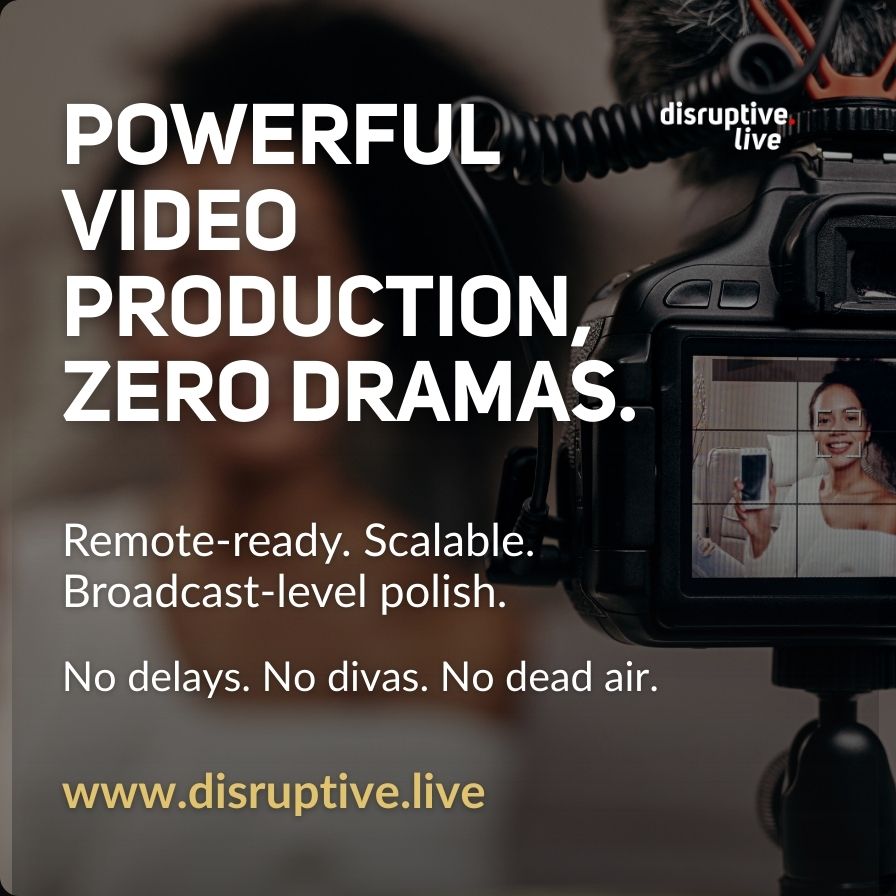No, AI in the workplace wasn’t just a ‘flash in the pan’. Two years ago, it was the shiny new gadget that companies flaunted at board meetings but rarely embedded into core operations. Today, it’s the backbone of workflow automation, decision-making, and even creativity. The shift has been nothing short of revolutionary—like moving from horse-drawn carriages to high-speed trains overnight.
The Big Leap From Hype to Utility
Back in 2023, AI in the workplace was largely experimental. Enterprises dabbled in chatbots for customer service, sprinkled some natural language processing (NLP) magic on their data analytics, and, for the particularly adventurous, flirted with reinforcement learning models for logistics optimisation. But for all the hype, adoption remained cautious—CEOs saw AI as a high-risk, high-reward proposition, the corporate equivalent of tightrope walking.
Fast forward to today, and the story has changed. AI is no longer a novelty—it’s an indispensable workhorse. Large Language Models (LLMs) like ChatGPT and Google Gemini now handle everything from content generation to coding, while predictive AI reshapes hiring processes, supply chain management, and even real-time fraud detection. The workplace hasn’t just accepted AI; it’s running on it.
The Tech Behind the Transformation
Several critical advancements propelled AI from ‘fun-to-have’ to ‘must-have’ in just two years. Fine-Tuned Large Language Models (LLMs) AI models in 2023 were impressive but often riddled with inaccuracies (remember the infamous ‘hallucinations’). Fast-forward to today, and continual reinforcement learning has created vastly improved reliability in AI-driven content creation and coding assistance.
Generative AI at Scale Two years ago, generating high-quality text, images, or code required considerable computational power and expertise. Today, it’s embedded into Microsoft Office, Adobe Photoshop, and even customer relationship management (CRM) tools, making AI a seamless co-worker rather than a separate entity.
AI-Powered Decision-Making Gone are the days when AI simply suggested options; now, it actively informs strategic choices. Financial institutions rely on AI to assess risks in real-time, while HR departments use machine learning algorithms to analyse employee engagement and predict turnover before it happens.
Real-World Impact – How AI Went from Sidekick to CEO Whisperer
Consider this, in 2023, AI was largely relegated to answering customer queries with slightly robotic politeness. Fast-forward to 2025, and AI has become an integral part of business decision-making.
Take Amazon’s logistics division, for example. Previously, AI played a supporting role in route optimisation. Today, it autonomously adjusts supply chains based on global demand fluctuations, weather patterns, and real-time stock levels. The result is reduced waste, lower costs, and a supply chain that operates with the precision of a Swiss watch.
Or look at the hiring landscape. Two years ago, AI-assisted recruitment mostly meant automated CV screening. Now, it predicts employee success, assesses cultural fit, and even provides real-time coaching to hiring managers – effectively making it both talent scout and corporate therapist.
The Future Smarter, More Ethical, More Integrated
And here lies perhaps the biggest question: where does AI go from here? If the last two years have taught us anything, it’s that AI adoption is exponential. But with great power comes great regulation—governments are now scrambling to introduce AI governance frameworks to ensure ethical use, data privacy, and bias mitigation.
The workplace of 2026 will likely see AI not just as a tool but as a strategic partner. Expect AI-driven ‘digital executives’ to assist with decision-making at the highest levels, and intelligent automation to take over entire business functions. Yet, the human element remains irreplaceable—AI will continue to augment, not replace, critical thinking, creativity, and leadership.
Summary
Two years ago, AI in the workplace was a curiosity. Today, it’s an inevitability. If the rapid progress continues, the next workplace transformation might not take two years—it might take two months. Companies that fail to integrate AI effectively risk becoming relics of the past, while those that embrace it will lead the charge into an era where AI is not just an assistant but an essential team member.

As the CEO of Disruptive LIVE, Kate has a demonstrated track record of driving business growth and innovation. With over 10 years of experience in the tech industry, I have honed my skills in marketing, customer experience, and operations management.
As a forward-thinking leader, I am passionate about helping businesses leverage technology to stay ahead of the competition and exceed customer expectations. I am always excited to connect with like-minded professionals to discuss industry trends, best practices, and new opportunities.



